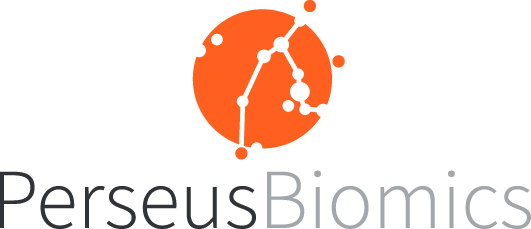The future of nutrition: Why personalized approaches matter
In recent years, the concept of personalized nutrition has gained significant traction in both scientific and consumer circles. But what exactly is personalized nutrition, and why is it so important? Let's dive in and explore how our unique microbiomes play a role in shaping our nutritional needs.
The Microbiome-Nutrition Connection
At the heart of personalized nutrition lies the gut microbiome. The trillions of microorganisms living in our digestive tract are far from being passive bystanders. These tiny inhabitants play a vital role in our health and nutrition. Our gut microbiota helps increase the bioavailability of nutrients we ingest, essentially helping us get more out of the food we eat. They also produce secondary metabolites that are beneficial to our health, such as butyrate, which has anti-inflammatory properties. Our gut microbiomes help train our immune system, making it more robust and effective. By occupying ecological niches in our gut, beneficial bacteria prevent harmful pathogens from taking hold¹ ².
It in turn, can significantly impact our physiology and metabolism. This underscores the importance of understanding individual variations in the gut microbiome to guide personalized nutritional intervention (i.e. diet) to nurture a diverse and resilient microbiome that maximizes health benefits, factoring in inter-individual variations. This is what personalized nutrition is all about³.
The Case for Personalization
So, why do we need personalized approaches to nutrition? The answer lies in our uniqueness. Our microbiome is a complex composition of microbes from numerous different species. Its composition is dynamic, it changes constantly, influenced by factors like diet, environment, and lifestyle. As a result, each of us harbors a unique microbial community in our gut, which affects how we respond to different foods⁴.
Studies have shown that our core gut microbiota composition is established early in life and results from a complex maturation process, influenced by diverse parameters including birth delivery mode, formula- or breast-fed diet as an infant as well as hereditary and environmental factors. In adulthood, the gut microbiome composition varies substantially between individuals. In some cases, these variations can turn into unbalances, or dysbiosis of the gut microbiota, leading to various acute and chronic health conditions³ ⁵.
Using personalized approaches in nutrition accounts for the interindividual differences in response to dietary interventions, which generic approaches often overlook. These strategies take into account various factors such as one’s gut microbiome profile, and metabolite production to tailor one’s diet for optimized health benefits.
The Importance of Precision and Resolution
To truly benefit from personalized nutrition, we need accurate and detailed information about our microbiome. Research has shown that specific bacterial strains, rather than broad microbial communities, are responsible for the beneficial effects observed. Additionally, members of a same genus can either be a pathogen or a probiotic, therefore discriminating between them is crucial for understanding their functionality¹ ². Profiling the microbiome at a higher resolution enables the detection and characterization of these strains, which can lead to more effective nutritional recommendations. While 16S rRNA sequencing has been popular due to its low cost, it lacks the precision and resolution needed for truly personalized recommendations⁶ ⁷ ⁸. Therefore, more advanced techniques are needed to get higher resolution and precision.
Recent comparisons between microbial profiling techniques have shown that each approach has benefits and limitations, with shotgun metagenomics and optical mapping being able to capture more bacterial diversity compared to 16S rRNA gene amplicon sequencing. These techniques enable species and strain-level identification of bacteria, providing deeper insights into its functionality. However, shotgun metagenomics is quite costly⁸.
The Need for Speed
In the world of microbiome testing, speed matters. Microbiome-based nutritional advice can quickly become outdated if not provided promptly after sampling. In terms of time, direct-to-consumer tests using traditional methods can take anything from 2 to 8 weeks before the consumer receives the results. During this period, the gut microbiota may undergo several changes based on the individual's circumstances, rendering the results potentially meaningless by the time they are received. This is especially important for infants, elderly individuals, pregnant women, athletes, health tourists, and those in high-stress environments, where timely identification of gut health and disease states is vital³ ⁴.
The Future of Personalized Nutrition
Personalized nutrition, guided by detailed understanding of our individual microbiomes, represents the future of dietary science. By tailoring our nutritional approaches to our unique biological makeup, we can optimize our health, prevent disease, and enhance our overall well-being⁴.
As we look to the future, the next generation of microbiome testing for personalized nutrition needs to be fast, comprehensive, and cost-efficient. While current sequencing technologies have limitations in meeting all these criteria simultaneously, new technologies are emerging that promise to revolutionize the field. Optical mapping provides an answer. It is a cost-effective method for microbiome profiling in large cohorts, potentially making personalized nutrition available to a broader population. It allows for increasingly precise, timely, and accessible personalized nutrition recommendations.
This exciting field holds the promise of transforming how we approach diet and health, moving us closer to a future where nutrition is truly tailored to everyone’s unique needs and microbial profile.




